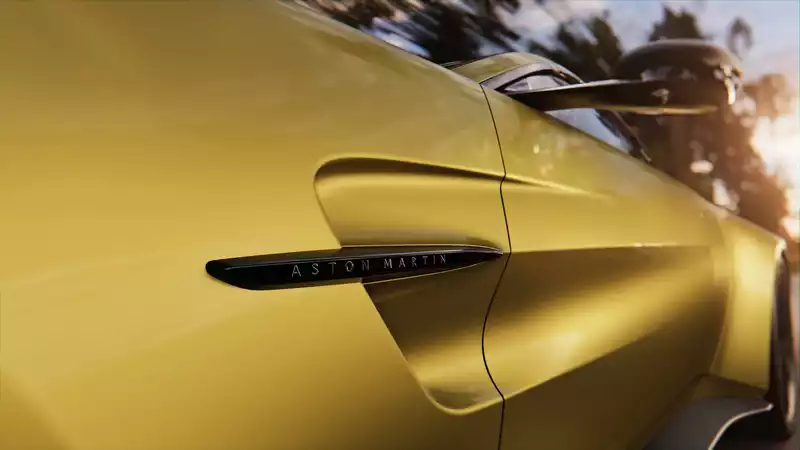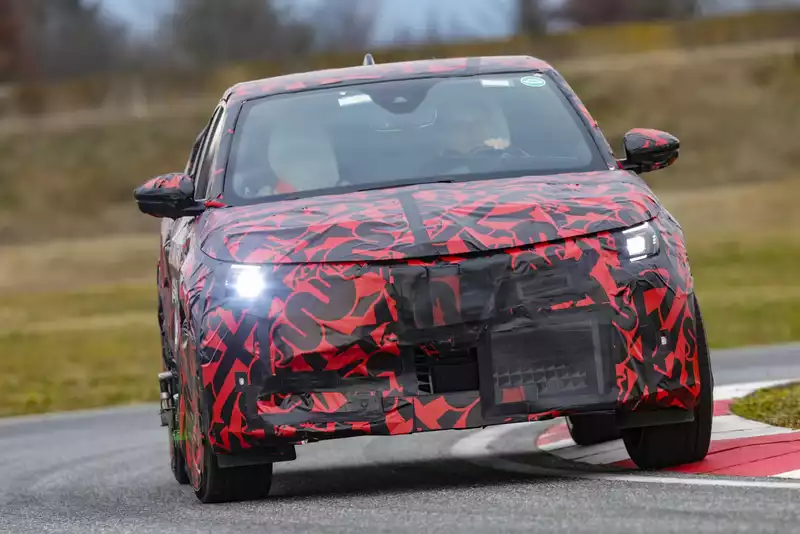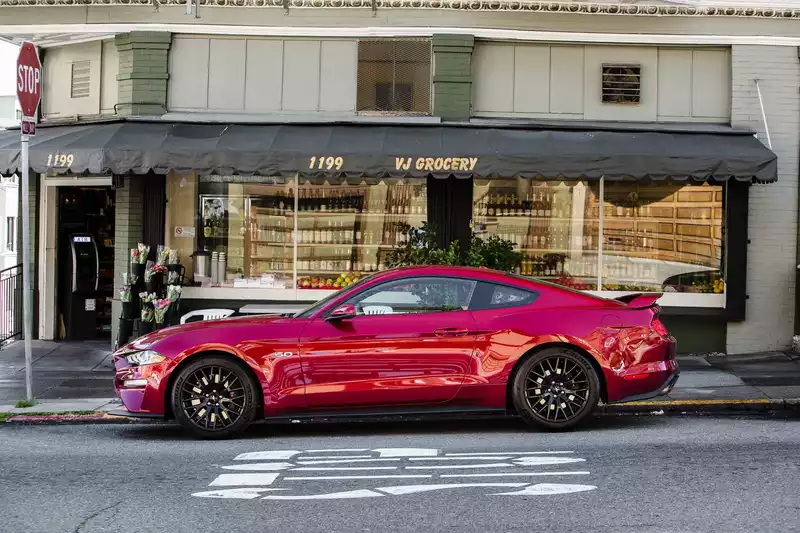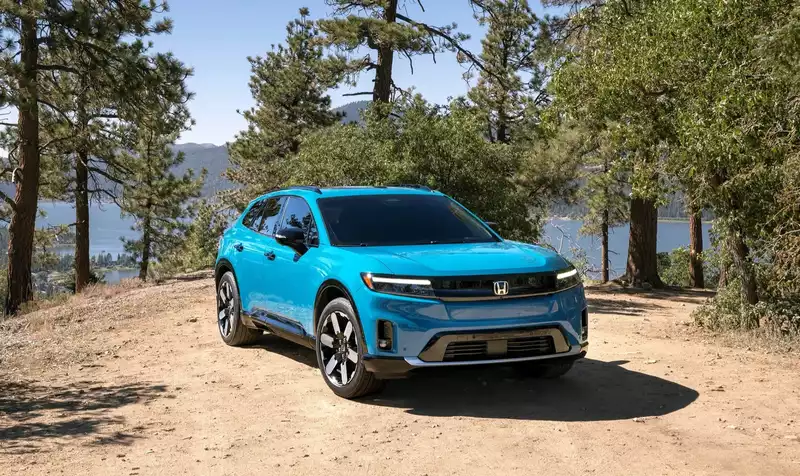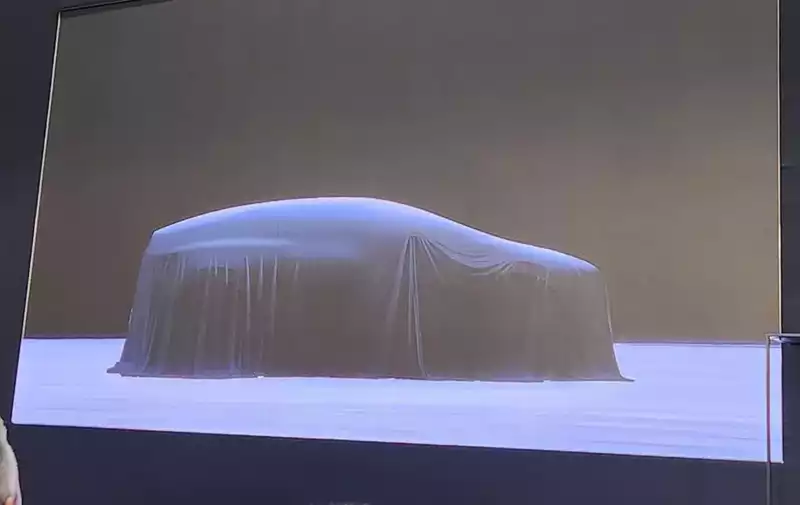10 features that will make you and your new car go faster
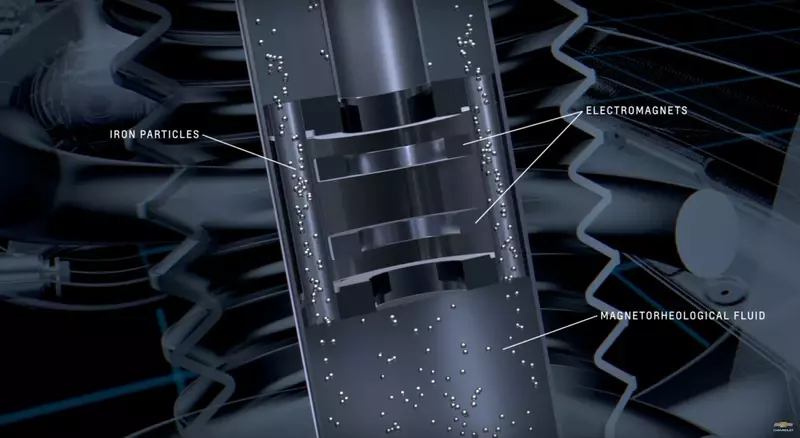
A rigid body structure, a powerful engine, and a suspension that maximizes traction are the basic framework of performance. However, automakers have developed numerous features to take these basic capabilities even further, so that cars and the ever-growing number of SUVs can go faster on straights, corners, and race tracks. In addition, there are features that allow the driver to better control the steering wheel.
We have identified 10 features that will make your car go faster and make you, the driver, faster. If performance is a priority for you when you purchase your next new car, choose a trim level that includes these features or check the option box.
Limited Slip Differential
Differentials allow the wheels to spin at different speeds. If the wheels are locked, the inside wheel will slip in corners because each tire traces a different radius. In a standard open differential, power flows to the wheel of least resistance. This means that even if one drive wheel is on dry pavement, it could get stuck on ice. In performance applications, the unloaded inside wheel may spin as it exits the turn, wasting power and slowing lap and autocross times.
The answer to these problems is a limited-slip differential, which sends power to the other wheel when one wheel begins to slip; the LSD can operate mechanically (via gears, clutches, or viscous couplings) or electronically to achieve different ratios to tie the wheels together. An electronically controlled LSD likewise uses a clutch but is controlled by an electric motor that determines the slip ratio. By driving both wheels, it prevents the inner wheel from slipping on corner exits and sends power to the pavement far more efficiently; a performance car without an LSD is like a Timothy Leary without an LSD. In both cases, LSD enhances the experience. Your performance car will go faster through corners from a standstill. Limited slip differentials are ...
Torque Vectoring
Automakers offer three types of torque vectoring systems: mechanical and braking. The latter uses an anti-lock braking system to target the inside rear wheel in a corner to help the vehicle turn. Mechanical systems are more effective. They typically use clutches on either side of the rear differential to send much or all of the available power to the outside wheels when turning. Automakers can also apply braking to the inside rear wheels. As a result, the car turns more sharply. On the track, an effective torque vectoring system allows the driver to unleash power early in the corner, sometimes even before the apex. This allows the nose to enter earlier and makes turns feel shorter. This is the secret to faster lap times. Electric motors in hybrid and electric vehicles also provide very effective torque vectoring. Audi, Lexus, Mercedes-AMG, and Porsche are among the automakers with effective mechanical torque vectoring systems, while Acura, Audi, Koenigsegg, Polestar, Porsche, and Rimac use electric motors for torque vectoring.
Rear-wheel steering
Rear-wheel steering is a very simple idea. An electrically controlled mechanical actuator steers the actual wheel, usually in the opposite direction of the front by two or three degrees at low speeds and with the front at high speeds. Low-speed steering effectively shortens the wheelbase, aiding maneuvering in tight parking spaces and shortening the turning radius. Adjustments at high speeds improve stability and effectively lengthen the wheelbase. These systems typically switch between 37 and 60 mph, so the greatest benefits in performance driving are demonstrated in tight turns and slaloms at lower speeds. Acura, Audi, Lamborghini, and Porsche all offer performance-enhancing rear-wheel steering.
Adjustable dampers
The stiffer the suspension, the better the handling on the racetrack. But you don't want to drive a car that makes your eyeballs pop out every time you hit a bump. Adjustable dampers combine the best of both worlds, providing a smoother ride for the street and a stiffer setting for the track. Stiffer, quicker-acting dampers help with performance maneuvers, keeping the tires on the asphalt for traction during cornering and acceleration. Magneto-rheological dampers, used by Ferrari, General Motors, and Ford, are among our favorite adjustable dampers. These dampers are filled with a metal-infused fluid that stiffens when magnetized and softens when unmagnetized.
Sticky Tires
Anyone who has ever played a racing game knows that the best way to make a car go faster, besides more power, is with sticky tires and better brakes. Summer compound performance tires improve a car's ability to withstand lateral G-forces. Some automakers offer tires such as Michelin Pilot Supersport Cup 2 or Pirelli P-ZERO Corsa as options or accessories. These tires make a difference in autocross competitions and lap times. The trade-off is less traction, higher prices, and faster tire wear at temperatures below 40 degrees. Some tires may only last 10,000 or even 5,000 miles, which can add up to a $2,000 tire bill.
Bigger/Good Brakes
Good brakes have several advantages on the race track. Stronger brakes allow drivers to maintain more speed and brake later for turns, and sturdier brakes last longer during a track session without pulsating or fading. The general rule of thumb for performance brakes is that bigger is better, but there is more to it than that. Bigger brakes dissipate more heat because of their larger surface area, but so do cross-drilled and slit brakes. High-performance brake pads produce brake dust and noise, but they last longer and bite better. Carbon ceramic brake rotors offer the benefits of both, but are prone to squeal. They also have the advantage of reducing unsprung weight, which improves feel and handling. However, if your car is regularly driven on the track, you may want to avoid carbon ceramic. There is still money to be spent playing with larger steel rotors, but not as much.
Track Apps
Track apps provide a variety of information. It can display lap times, 0-60 mph times, quarter-mile times, and real-time power, torque, and g-force. Better versions include a camera and can record driving sessions via the car's own SD card or cell phone app. It also allows for telemetry such as throttle and brake pedal position, gears, RPMs, and speed, as well as GPS tracing on the track. By reviewing all of this information from a circuit run, the owner can compare the car's position and condition on different laps and determine the fastest way to get around the circuit. The driver can fine-tune the timing of braking and throttle, the best gear for a section of track, and how to attack a corner. If they use what they learn, they can go faster next time.
Downshift Rev Matching
When performance driving in a car with a manual transmission, skilled drivers will blip the throttle when downshifting to rev-match from one gear to the next. This technique, called heel-and-toe, does not overwork the transmission and does not unbalance the car. However, it takes time and patience to master heel-and-toe, and confidence to apply the technique on the race track. Downshift rev-matching is a good example of this, as the car's computer handles the blipping of the throttle. Of course, no driver skill is required, but for those of us who concentrate on not hitting the wall at triple-digit speeds, it's one less thing to worry about when pushing the car to the limit. Aston Martin, BMW, General Motors, Nissan, and Porsche offer manual with downshift rev-matching.
Drive Modes
Drive Modes allow more performance to be available at the push of a button. These systems combine the benefits of many of the features listed here: Sport/Dynamic, Sport+, and Track/Race modes stiffen the adjustable dampers, loosen the stability control, differential and torque vectoring system reprogramming, rev matching, and retuning the rear-wheel steering system. It also puts the driver on high alert for throttle response, instructs the transmission to hold gears longer, and adjusts the front and rear torque bias of the all-wheel drive system. This results in less lean in the corners, more power on corner exits, smoother downshifts, and quicker response from the car on the track. The same car can enjoy a more relaxed driving experience on the road to the track. While some brands tune their cars for slight differences between modes, we prefer Porsche's approach, which highlights each mode and makes the car's response really come alive.
Adjustable stability control
The last thing you want on the racetrack is a stability control system that intervenes too soon, activating the brakes or cutting power to bring the car back on line. Breaking curfew, like the neighborhood snitch, can ruin the fun. Some automakers offer different levels of stability and traction control, not just simple drive modes. Some of this programming is built into the drive mode, and in many cases the stability control has normal, sport, and off settings. For example, the Corvette C8's Performance Traction Management system has three stability control modes and five traction control settings. Mercedes-Benz and BMW have similar systems, as well as a drift mode for all-out hooliganism. These systems fine-tune the traction applied to the pavement. While a simple off switch works well for professionals, these modes can make most people faster while avoiding pea-size gravel.
.
